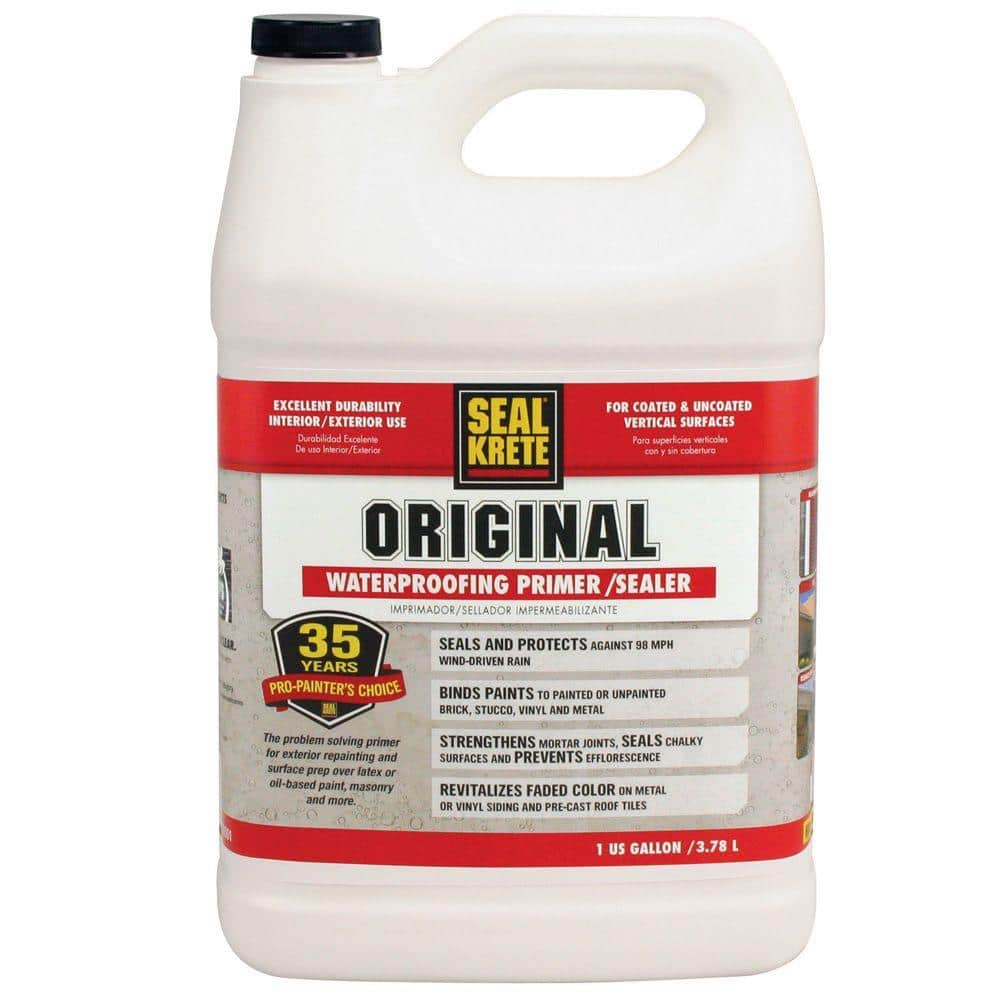BAP
Well-known member
Lifetime Member
Equipment
2012 Kubota 2920, 60MMM, FEL, BH65 48" Bush Hog, 60"Backblade, B2782B Snowblower
Breaking the concrete and digging a hole for a sump pump may make the problem worse. Yes it will be a way to get the water out but it is now creating a way for more water to get in. Also, you have now lowered the point in the water table that you have to pump out. The bottom of your pit is going to be lower than your foundation drainage so you are going to have a lot of water to remove that is at a level below the working level of the foundation drains. I would consider a sump pit and pump an Absolute last resort for the amount of water that you say you are getting in. Try sealing the leak and making sure the surface outside is such that surface water can easily run away from the house.


